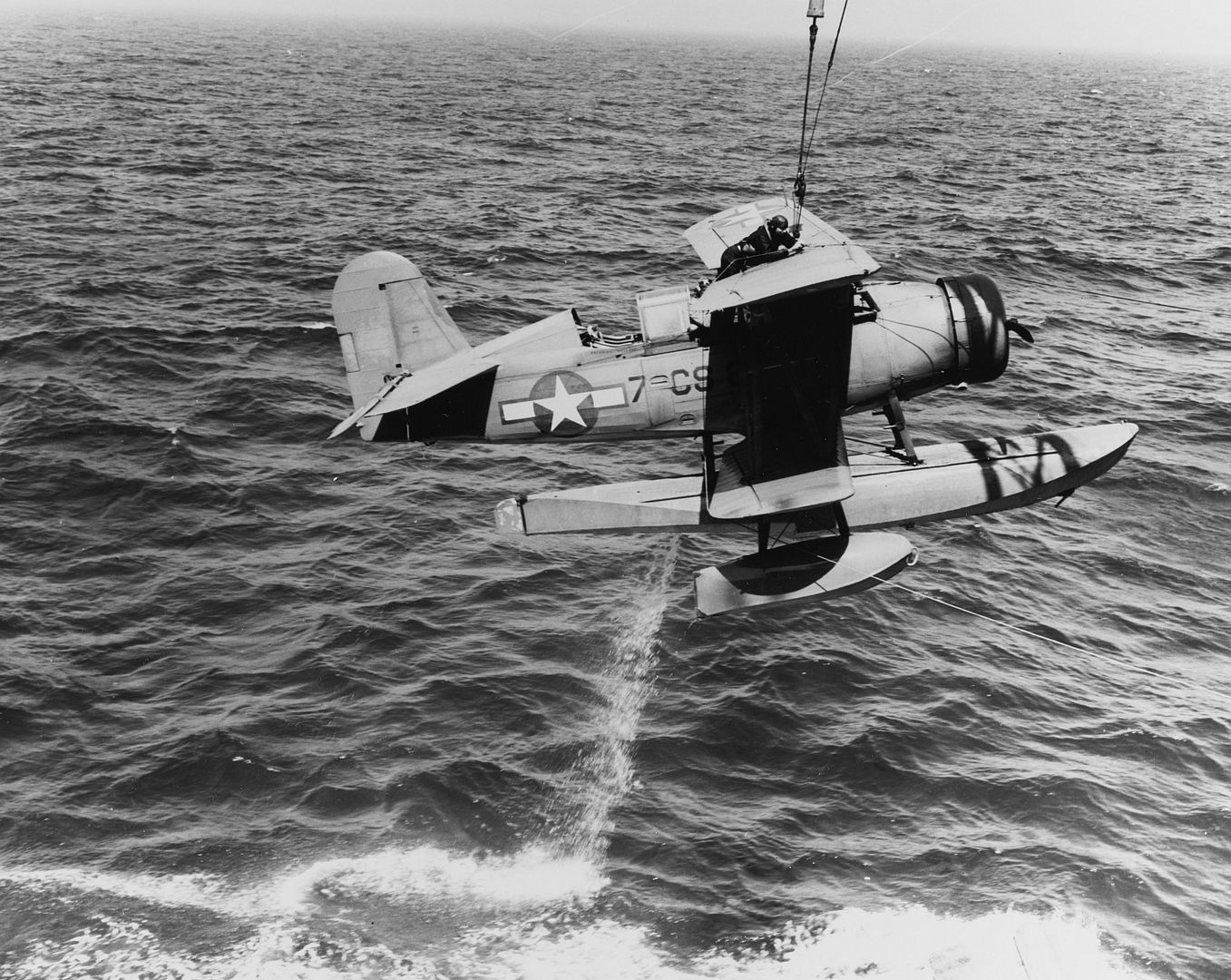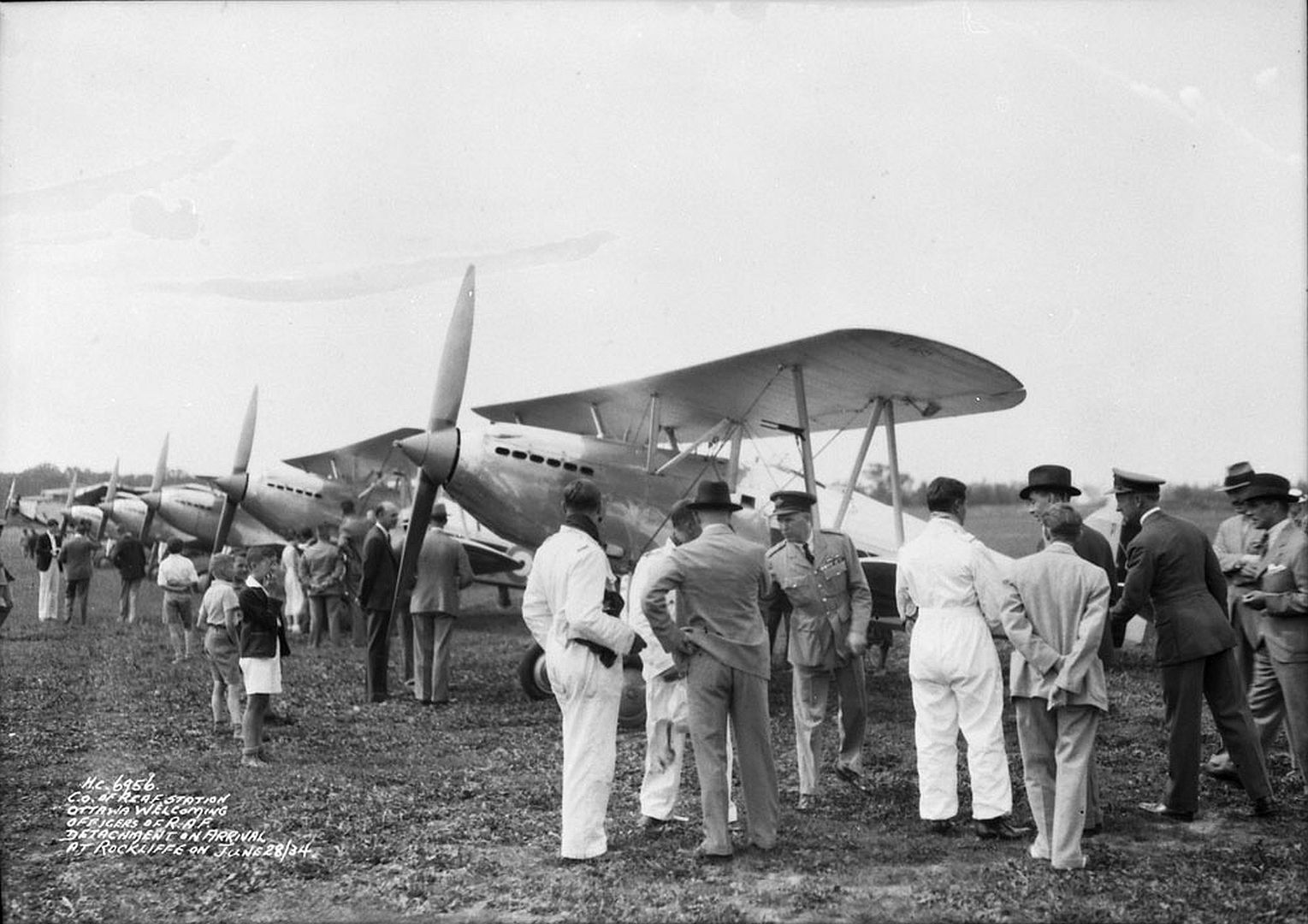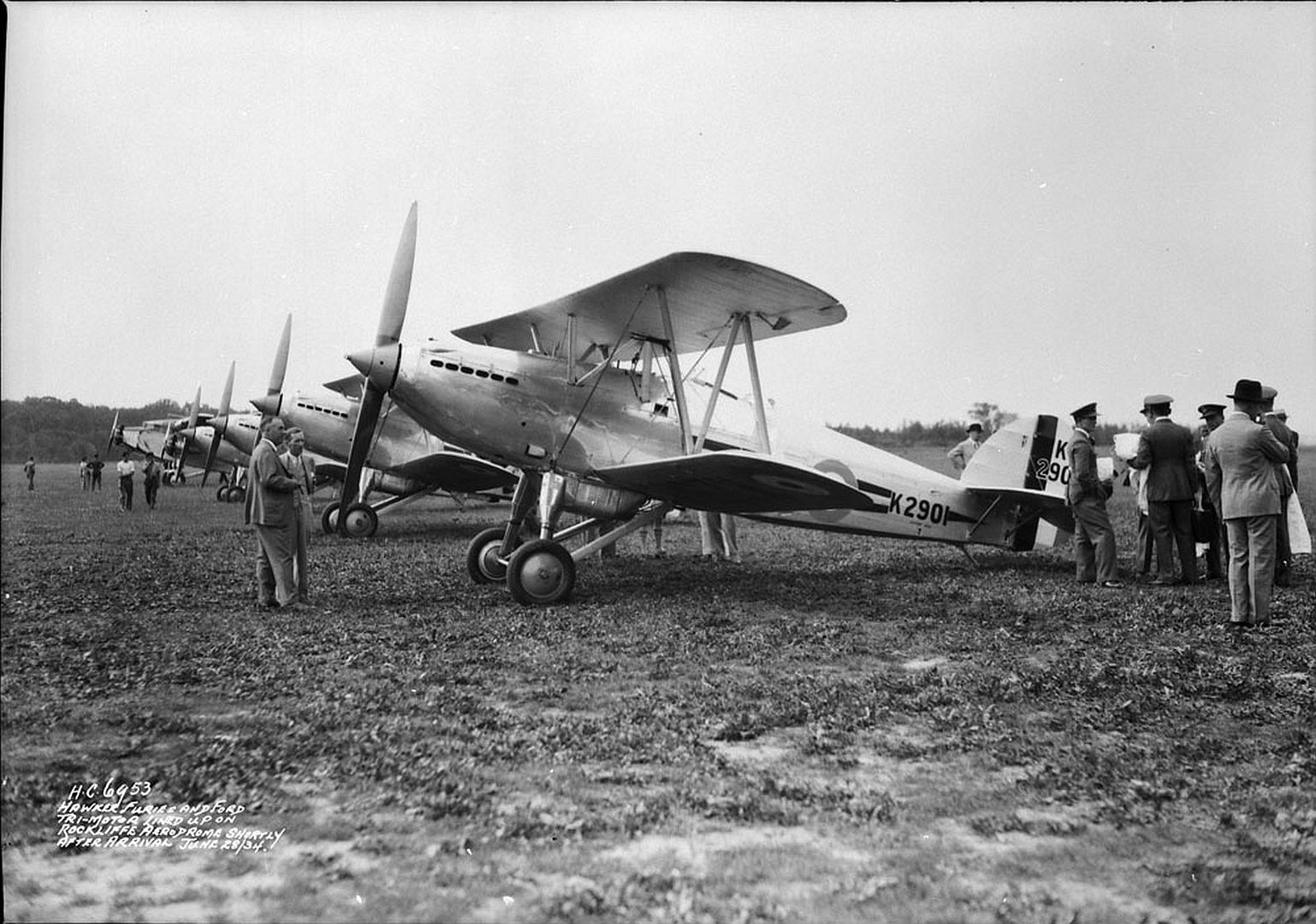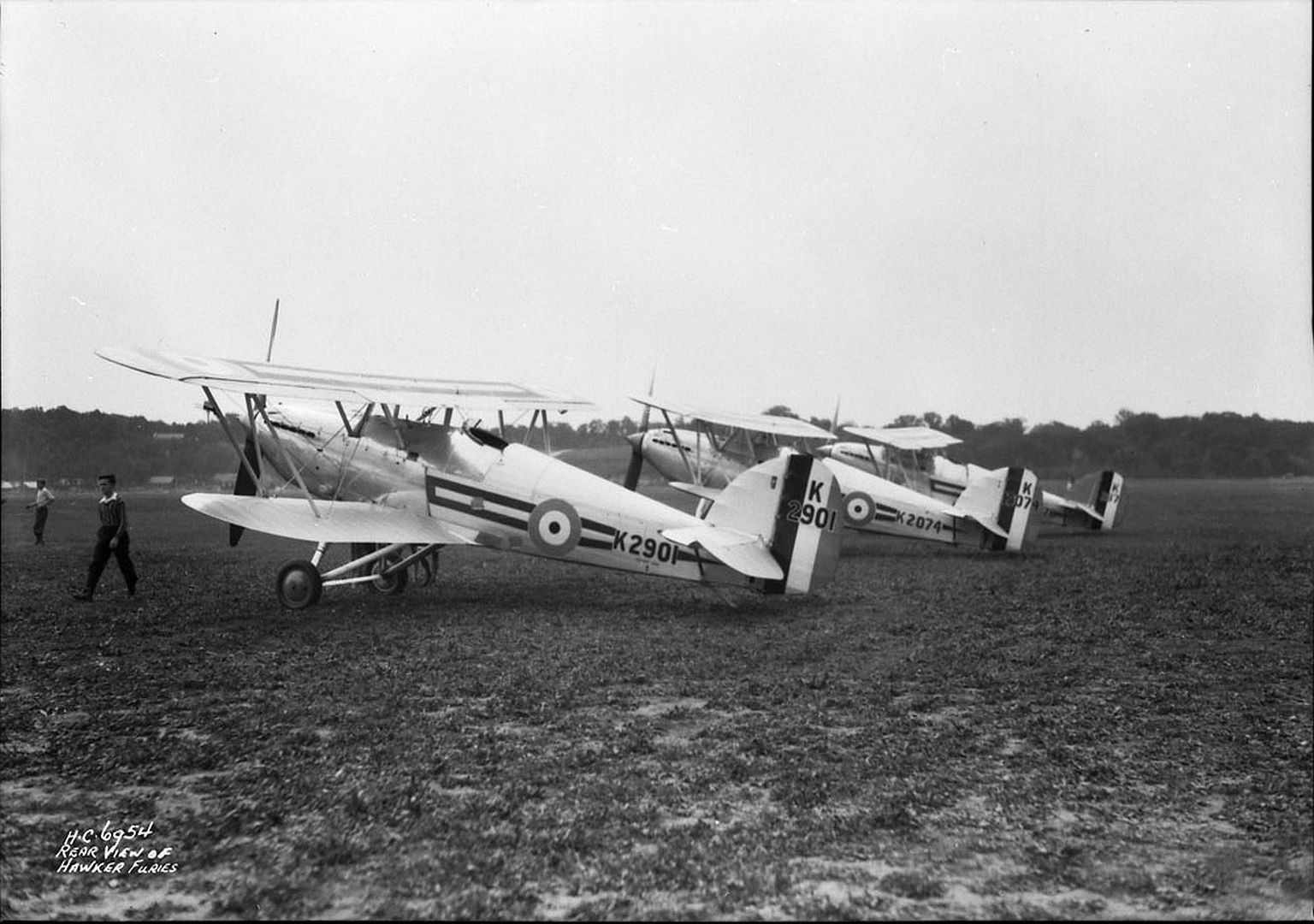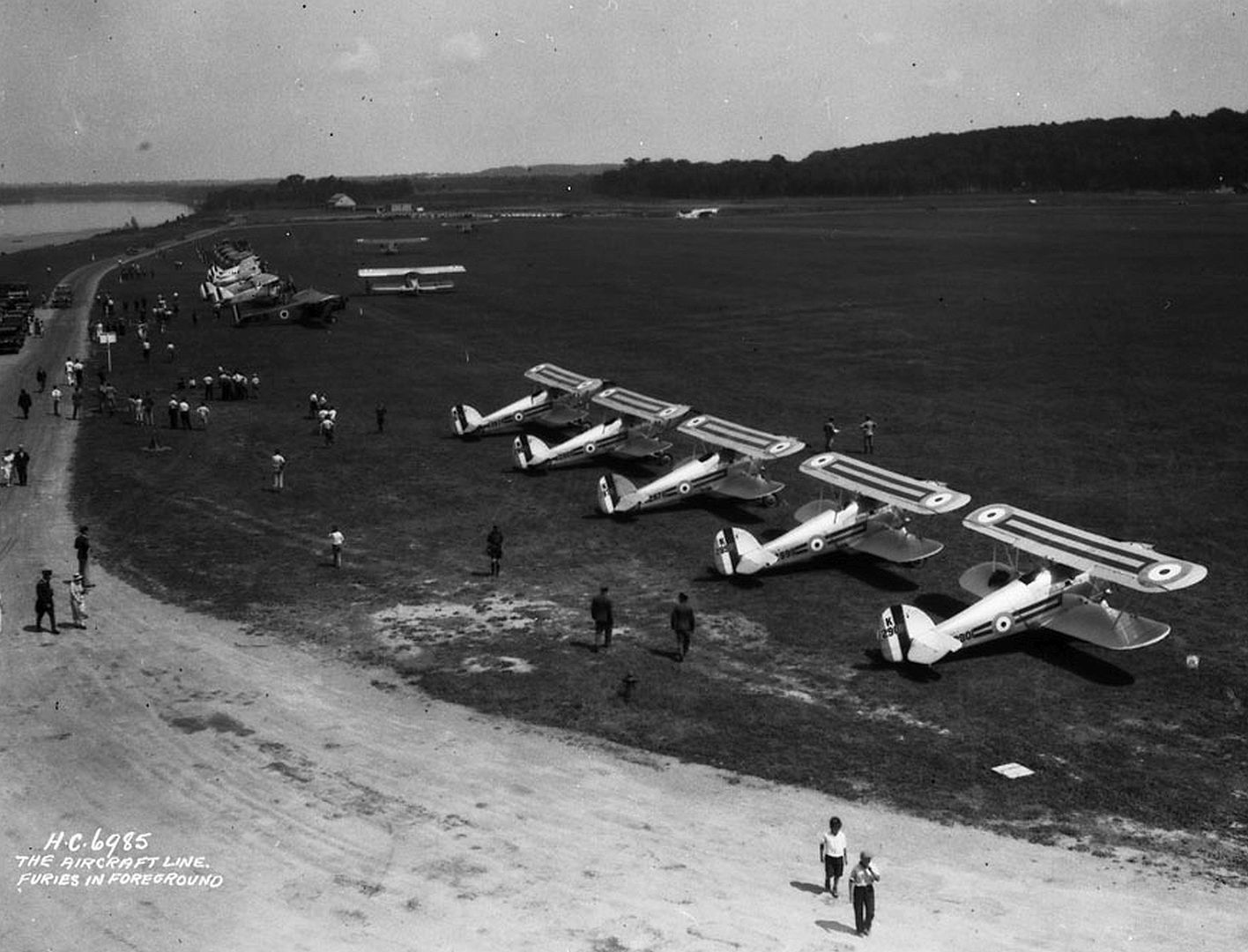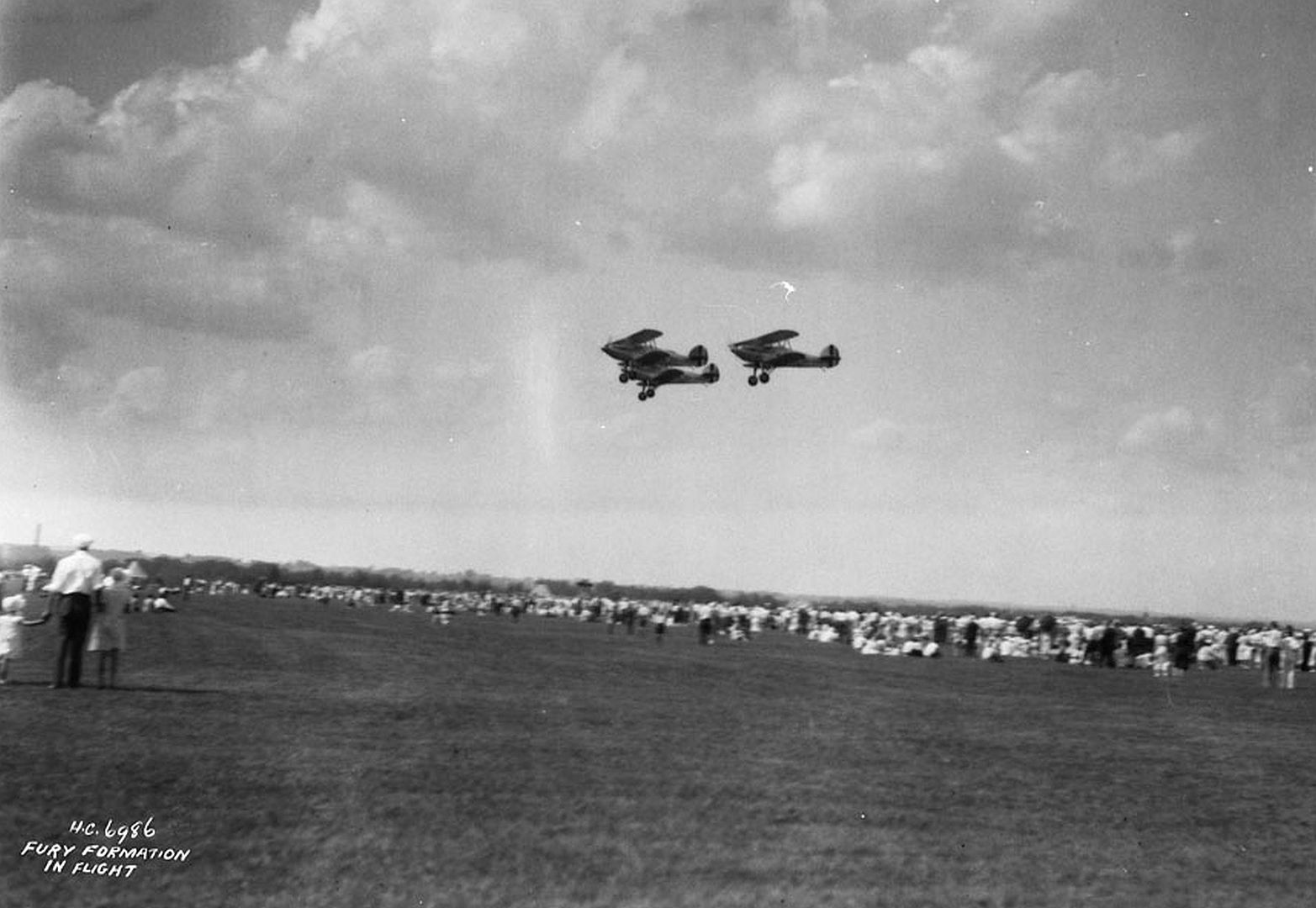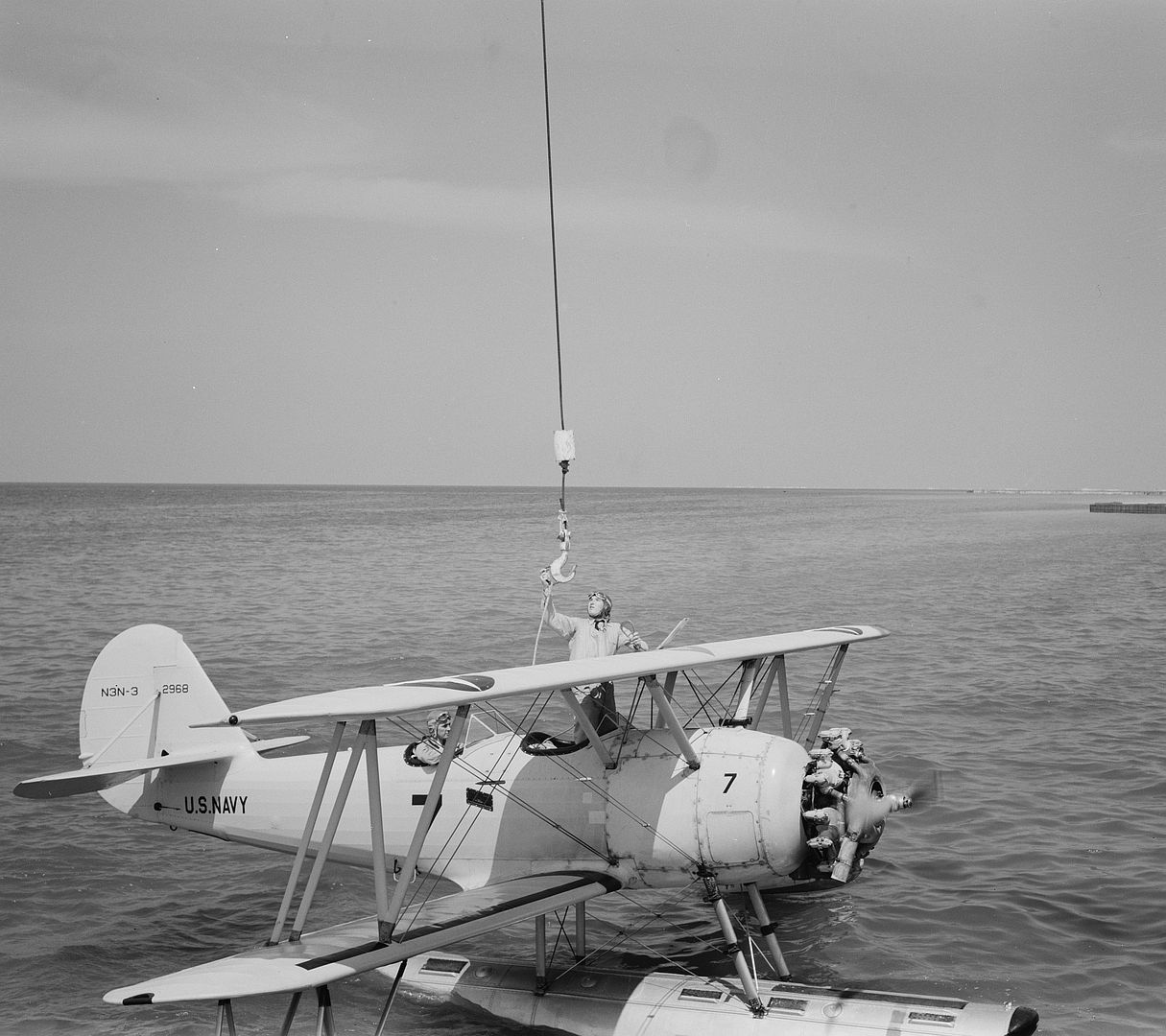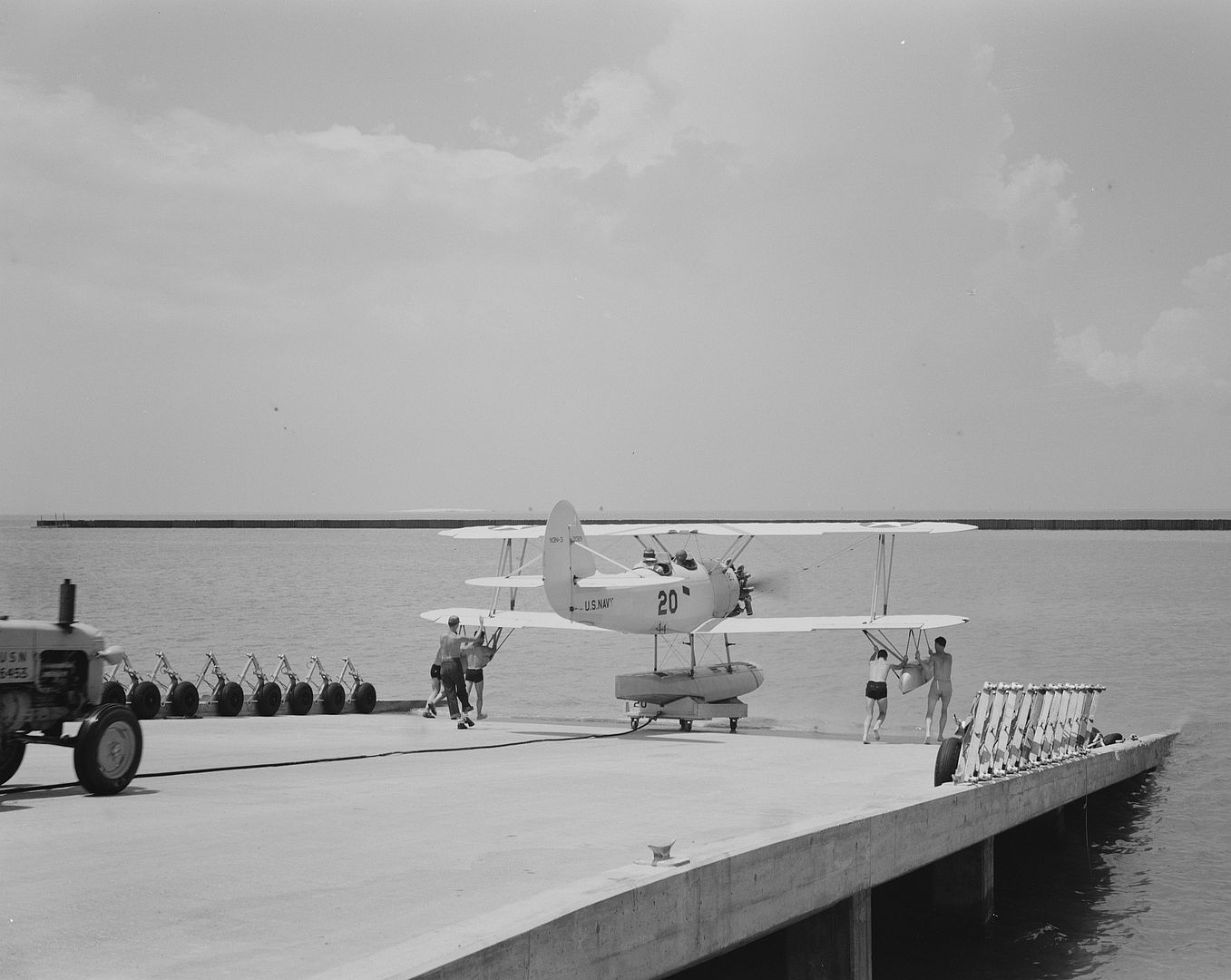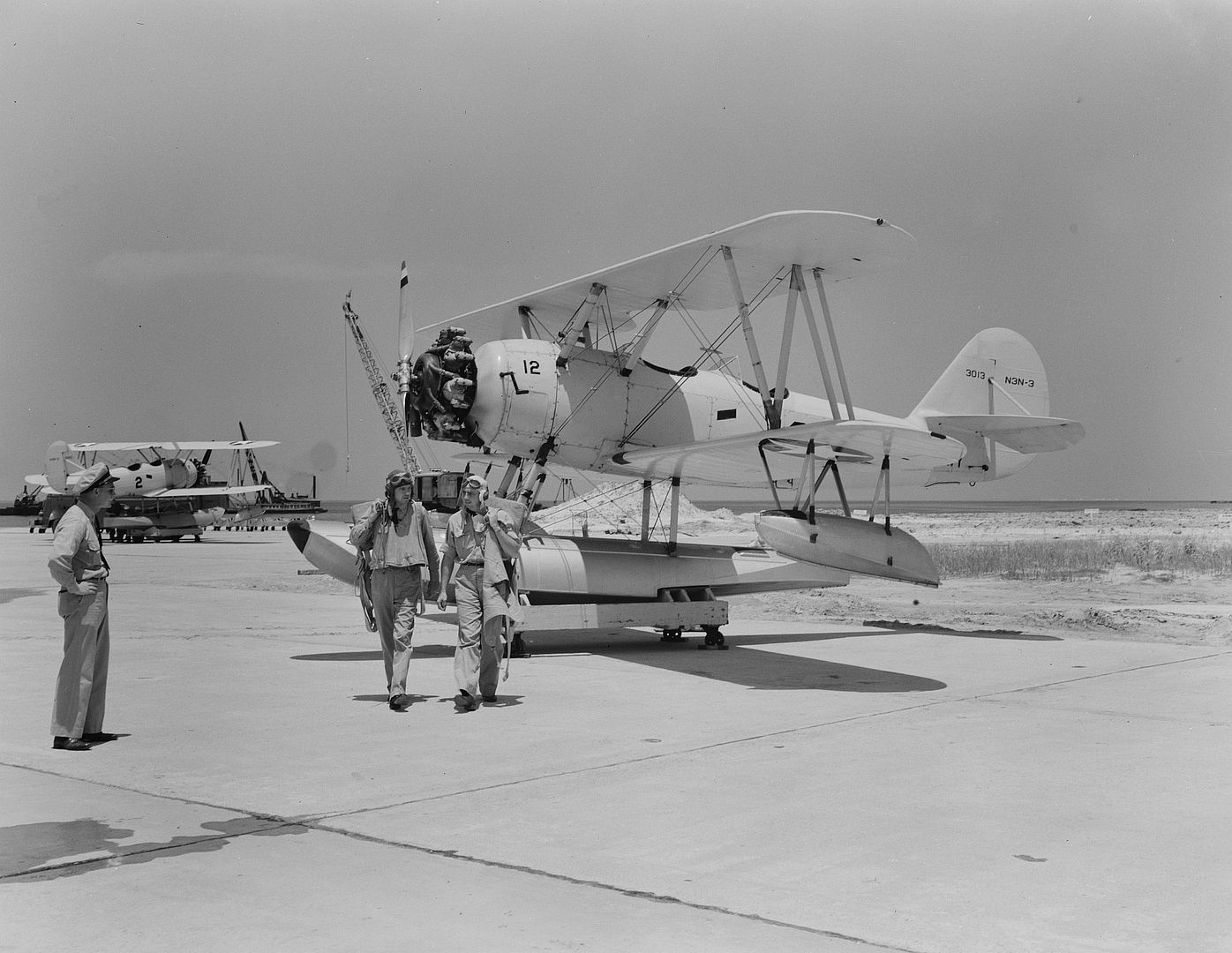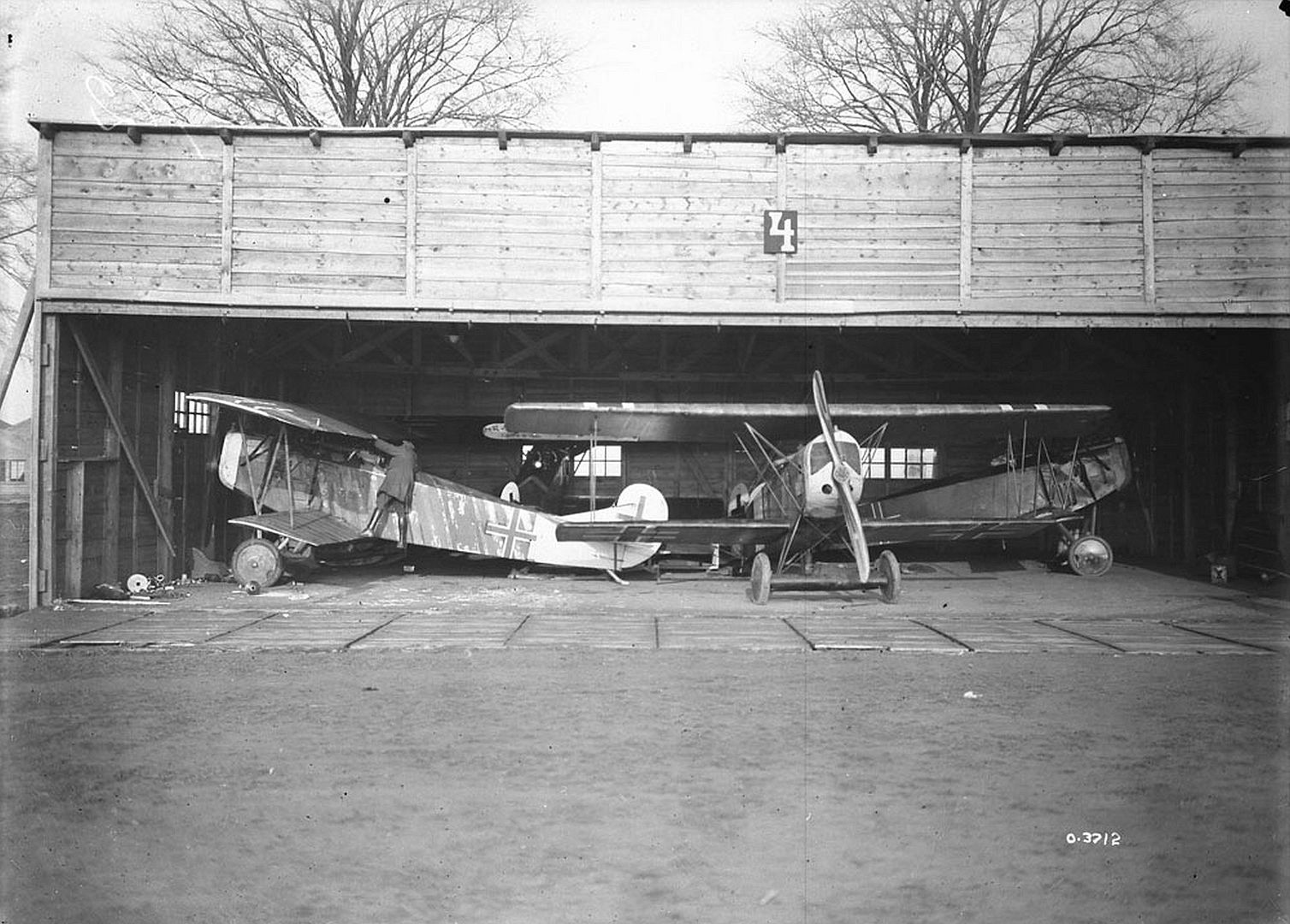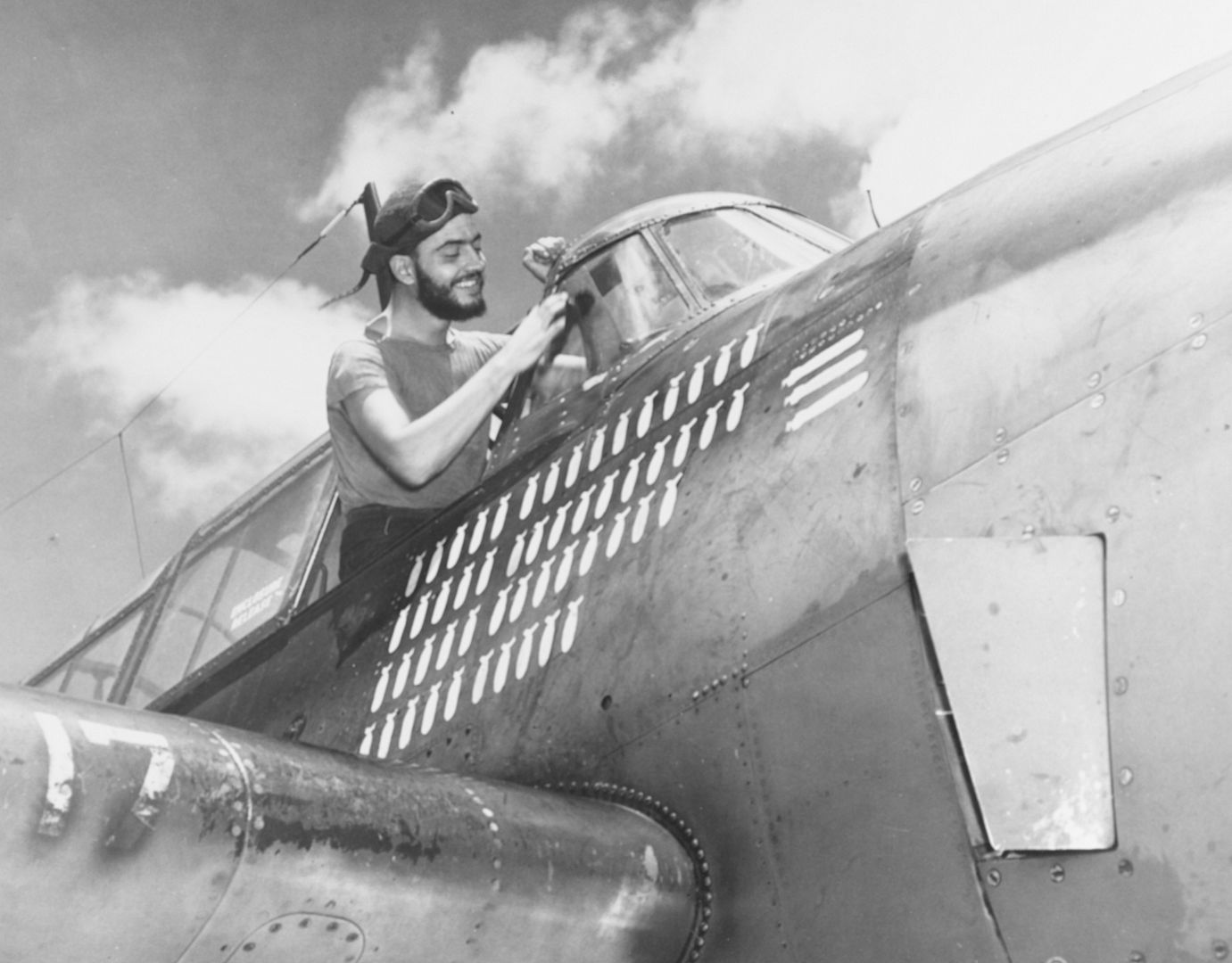Forums
- Forums
- Axis And Allies Forum
- General Discussion
- Photo of the week
Photo of the week
Post a reply
- Go to Next topic
- Go to Welcome
- Go to Introduce Yourself
- Go to General Discussion
- Go to Screenshots, Images and Videos
- Go to Off topic
- Go to Works in Progress
- Go to Skinning Tips / Tutorials
- Go to Skin Requests
- Go to IJAAF Library
- Go to Luftwaffe Library
- Go to RAF Library
- Go to USAAF / USN Library
- Go to Misc Library
- Go to The Ops Room
- Go to Made in Germany
- Go to Campaigns and Missions
- Go to Works in Progress
- Go to Juri's Air-Raid Shelter
- Go to Campaigns and Missions
- Go to Works in Progress
- Go to Skinpacks
- Go to External Projects Discussion
- Go to Books & Resources
-
 Main Admin
Main Admin -
 Main Admin
Main Admin -
 Main AdminAerial golf !
Main AdminAerial golf !
New craze for idle-rich ... aerial golf. With not enough hazards in an ordinary game of golf, and not enough adventure in flying, some genius has invented aerial golf. The rules are quite simple. There are nine holes, each one an airport near Washington. The play flies to the first airport, tee #1 and from a minimum height of 500 feet, drops the ball, attached to a parachute, to the nearest pit or hole, indicated by a red flag at the airport. He then lands his plane, finds his ball and proceeds as in every game of golf, to hit the ball into the hole with his golf clubs. This done, he tunes up his plane and flies to the next airport or tee #2 and repeats. Every player is required to carry a score-keeper. Photo shows three girls, prominent in Washington Society absorbed in a game of aerial golf.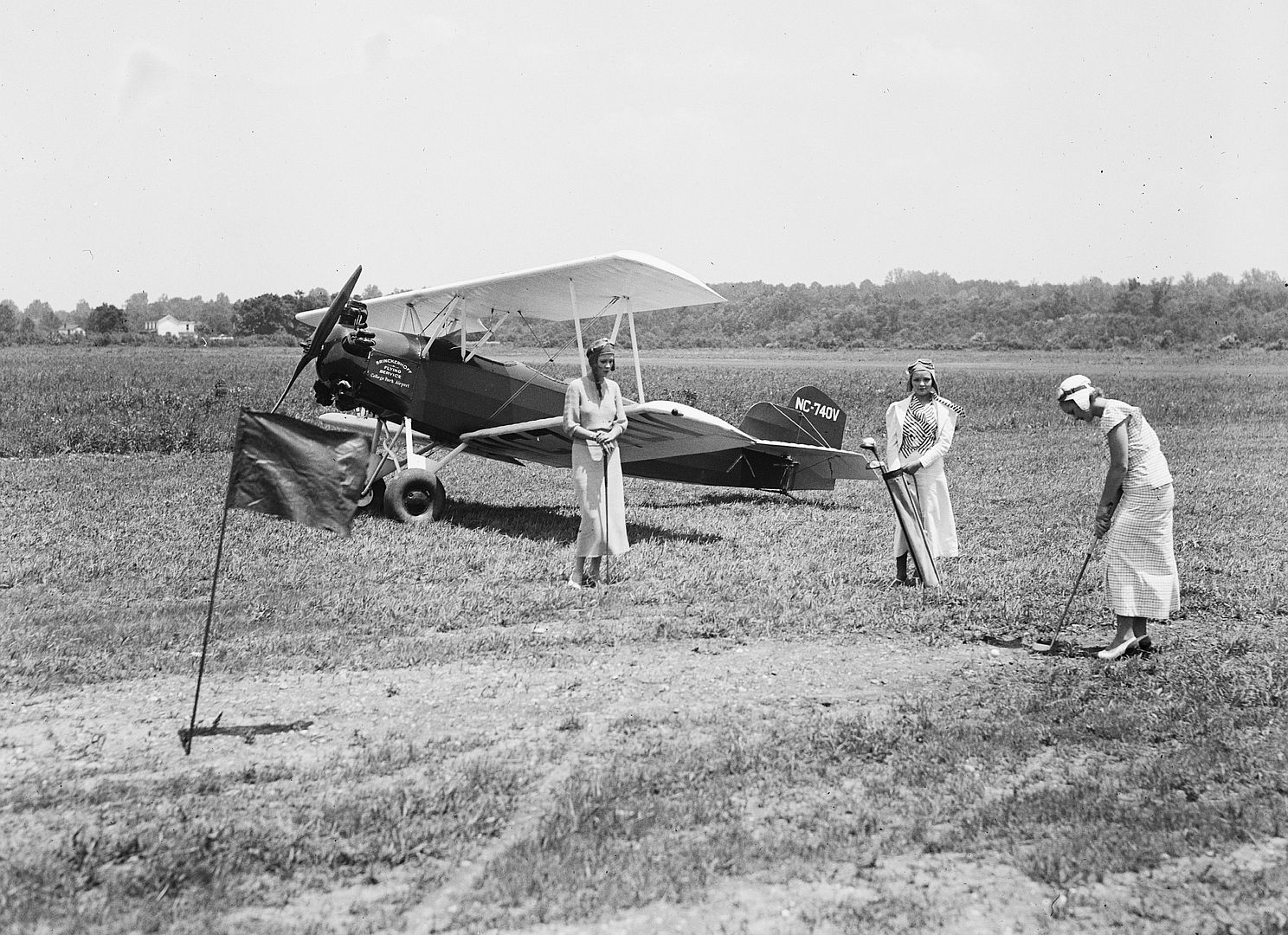
-
 Main Admin
Main Admin -
 Main Admin
Main Admin -
 Main Admin
Main Admin -
 Main AdminWeekend extra.
Main AdminWeekend extra.
Captured Fokker D. VII aircraft of the German Air Force, Hounslow, Mddx., 1919.
Major A.E. McKeever, Commanding Officer, No. 1 Squadron, C.A.F. with captured Fokker D. VII aircraft of the German Air Force, Upper Heyford, Oxon., 1919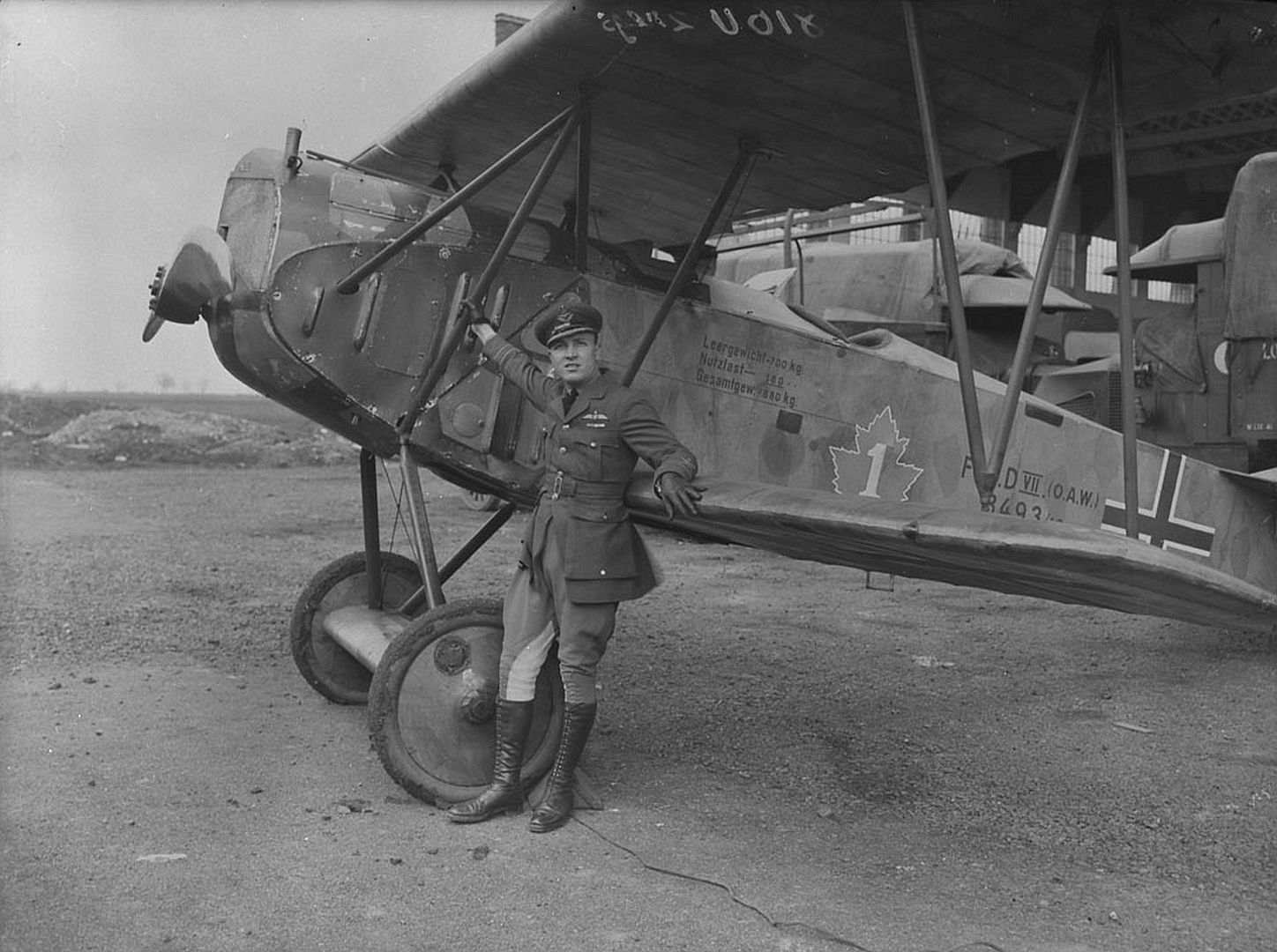
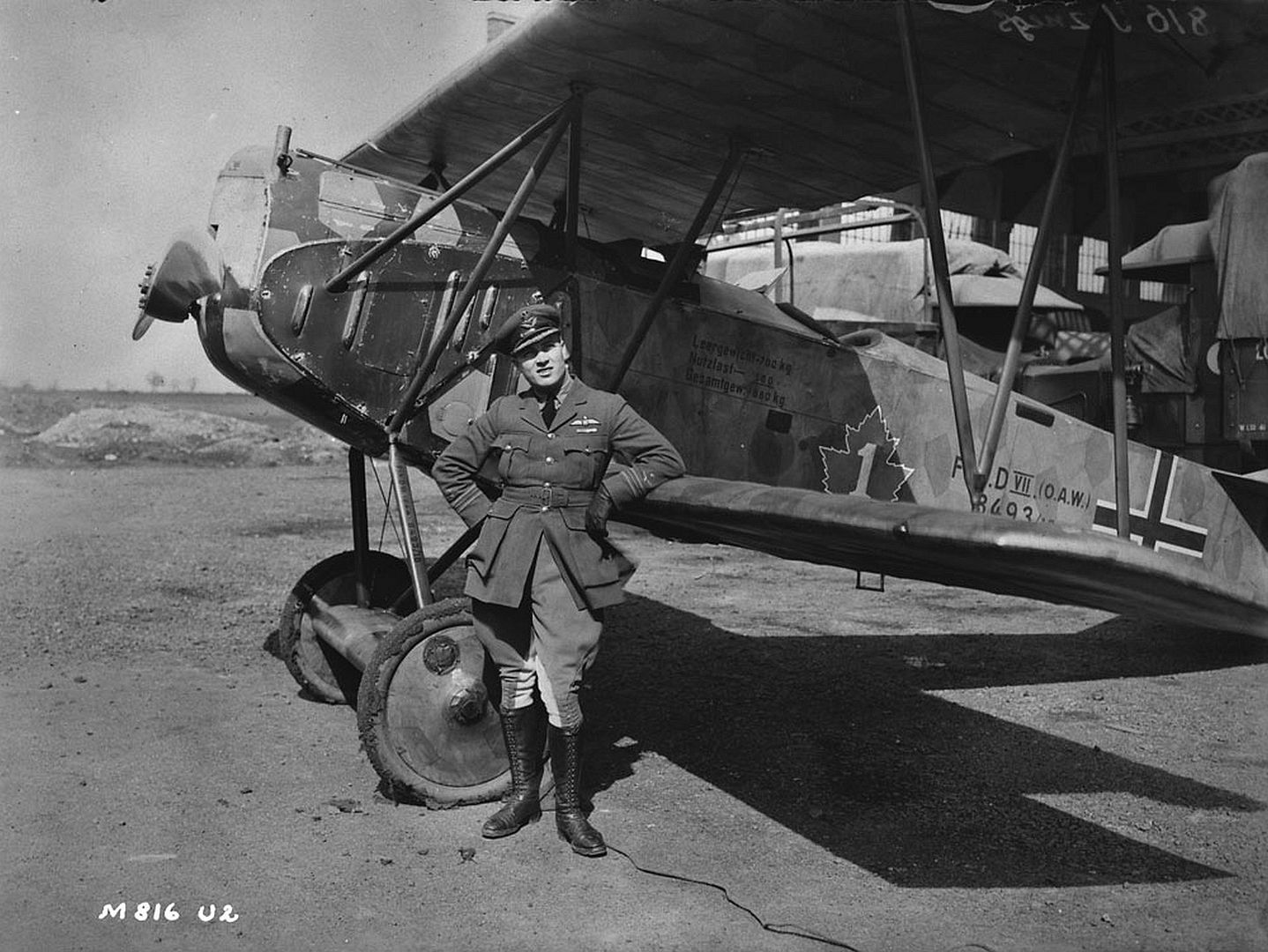
Captain Andrew McKeever, Canadian Air Force, shown in flying gear, climbs into the cockpit of Fokker DVII 5924/18 at Hounslow. Note Lozenge camouflage, and lMG 08/15 machine guns still fitted.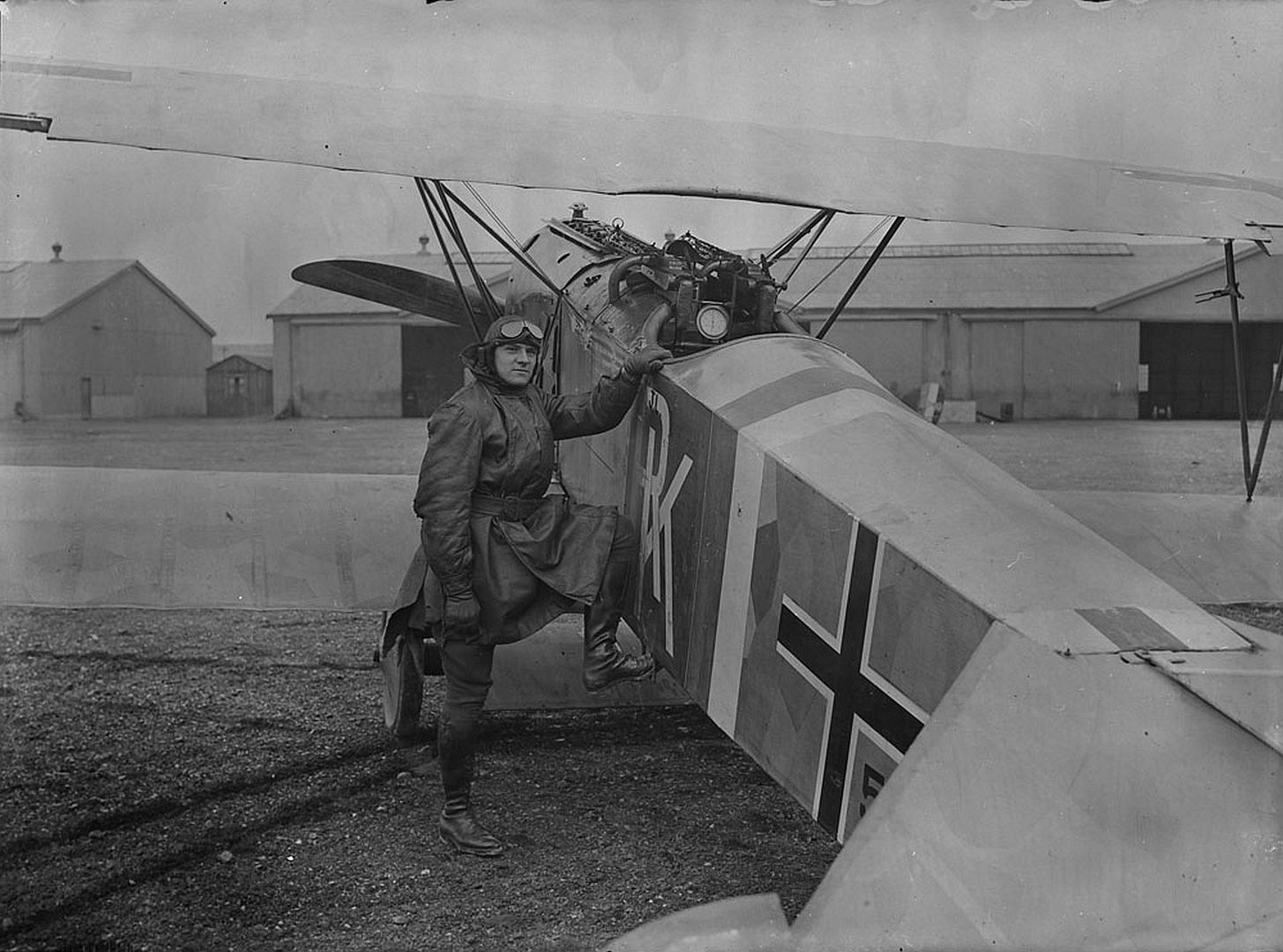
Ground crew, other ranks, and a least one officer in front of captured Fokker DVII 6822/18 and others at Hounslow, handed over to Canada as war trophies.
Major W.G. Barker, V.C. with captured Fokker D.VII aircraft at Hounslow Aerodrome, London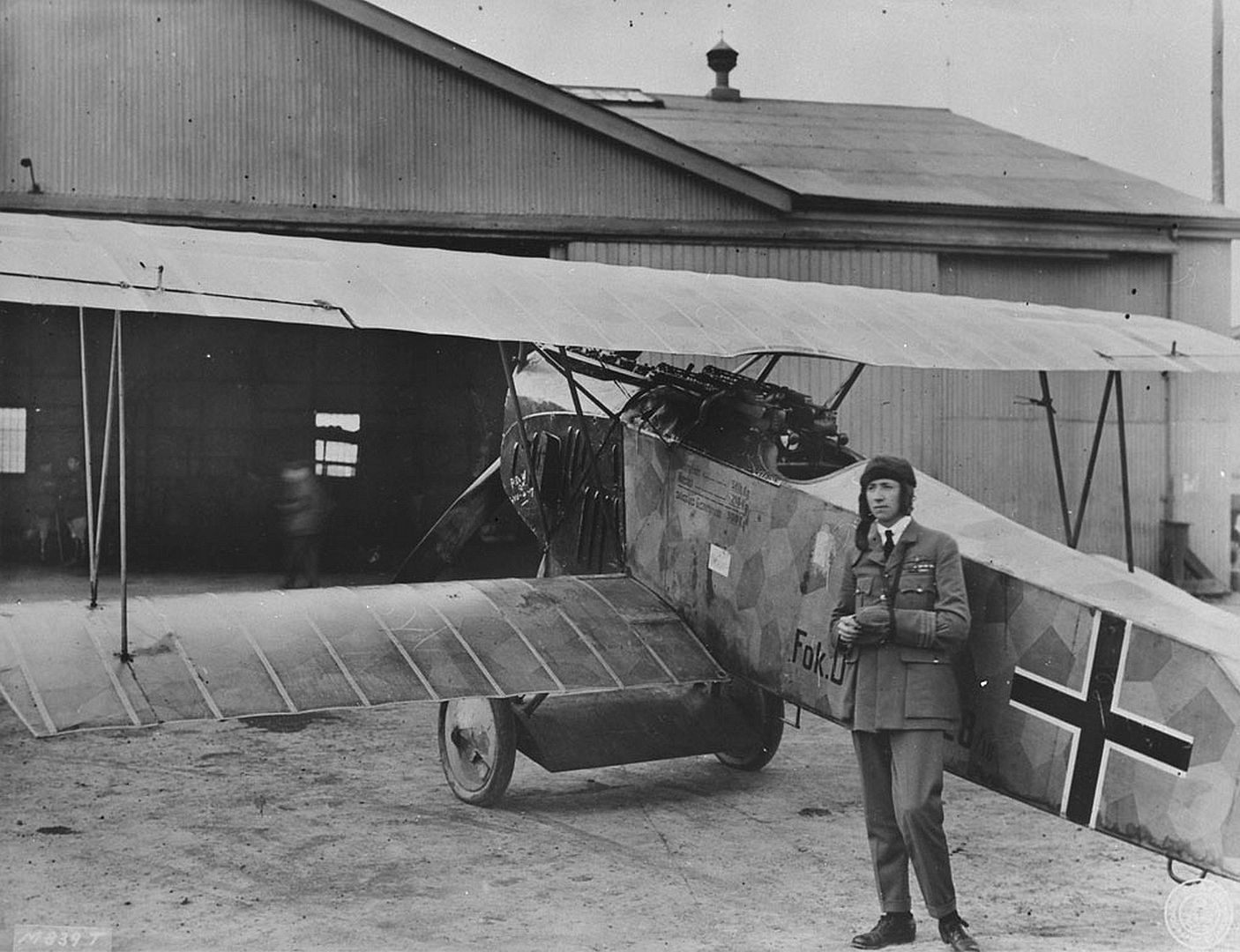
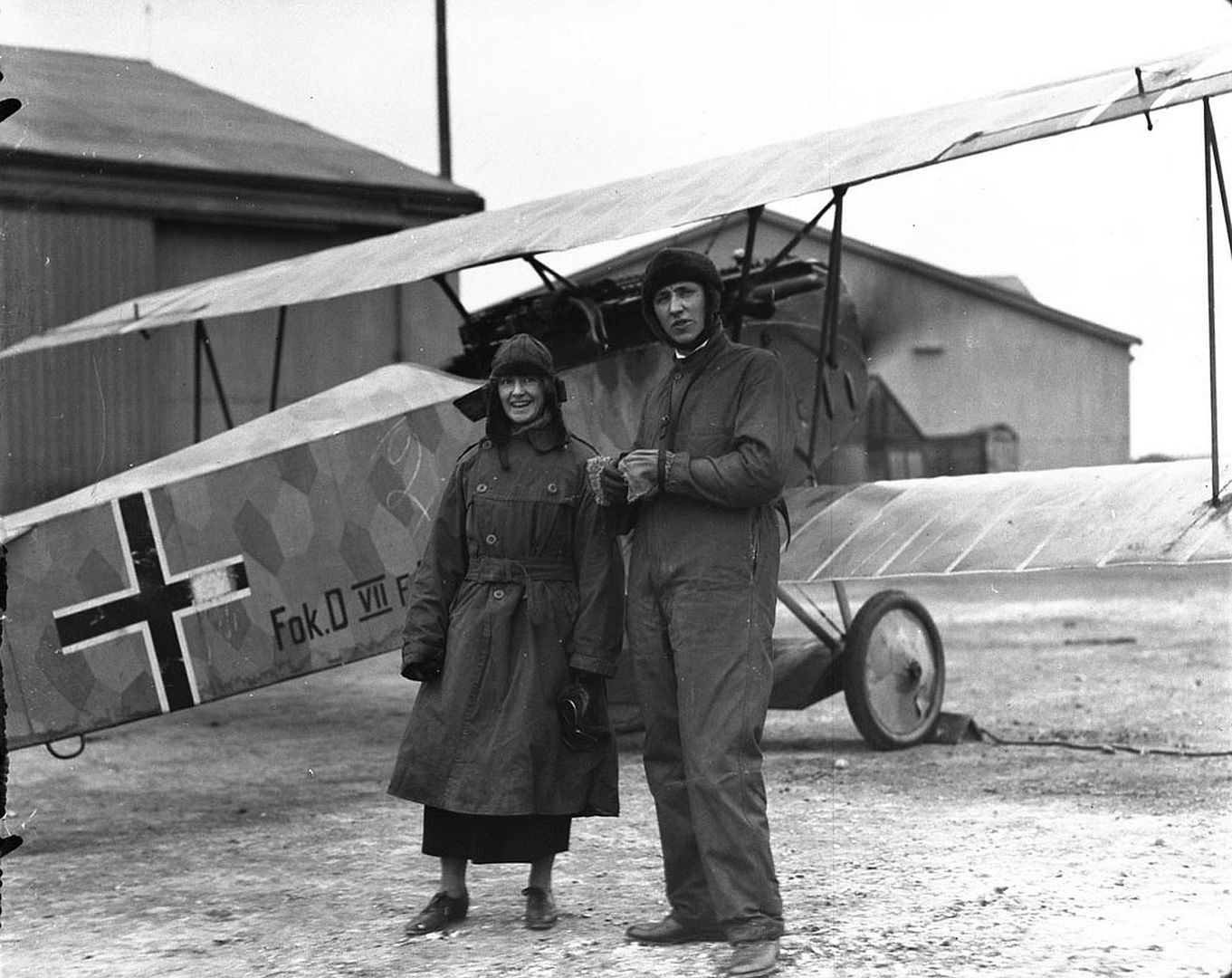
-
 Main AdminThis midweeks photo.
Main AdminThis midweeks photo.
A nice shot of a Tempest Mk V flown by Remy Van Lierde of #3 Sq while combating the V-1 Offensive.
Career in the Royal Air Force
After the standard interrogation by MI5 at the London Reception Centre, he joined the Royal Air Force Volunteer Reserve on 5 September 1941. Van Lierde spent three months at No. 57 Operational Training Unit at RAF Hawarden, before being assigned to No. 609 Squadron on 6 January 1942 with the rank of Pilot Officer.This squadron had been organized before the war and took part in the air battles of Britain. At the period when Van Lierde was appointed to that squadron it was equipped fully by foreign pilots, there were a lot of Belgians among them. On 2 June 1942 he damaged a Dornier Do 217 bomber over Skegness while flying a Spitfire Mk.Vb. He was promoted to Flying Officer in 1942.
Van Lierde claimed his first victory while flying a Typhoon Ib on 20 January 1943 when he shot down a Bf 109-G fighter during a raid on the south coast. On 26 March he shot down a Junkers Ju 52 transport aircraft while en route to an attack on the German air base at Chi?vres. This was witnessed by local inhabitants, including Van Lierde's wife, who surprised her husband after the war by showing him pieces of wreckage from the aircraft at the bottom of his garden. On 14 May 1943 he was the first person to drop bombs from a Typhoon, and shot down a He 111 bomber on his return journey. He downed another Bf 109 on 30 July, and on 5 October he shot down a Junkers Ju 88 heavy fighter and destroyed another aircraft on the ground. His last victory, a Messerschmitt Bf 110 bomber was claimed on 30 November, bringing his score to 6 kills and 1 destroyed on the ground.At the end of 1943 he was already number 7 in the ranks of air ace of Belgium in the Second World War. Yet his greater victories would come later.
Van Lierde was promoted to Flight Lieutenant in September 1943 and on 22 December 1943 was posted to the Central Gunnery School at RAF Sutton Bridge, Lincolnshire, returning to RAF Manston on 7 February 1944.
On 27 April, he was posted to No. 3 Squadron, flying the Tempest Mk.V, before taking command of No. 164 Squadron on 20 August 1944 with the rank of Squadron Leader, tasked with combating the V-1 offensive. He was credited with shooting down or destroying 44 flying bombs solo, with another 9 shared, making him the second highest-scoring "doodlebug" killer.
Van Lierde then led his squadron into Europe during the western campaign. From May 1945 Van Lierde served in 84 Group Support Unit, and as a Belgian Liaison Officer at 2nd Tactical Air Force Headquarters.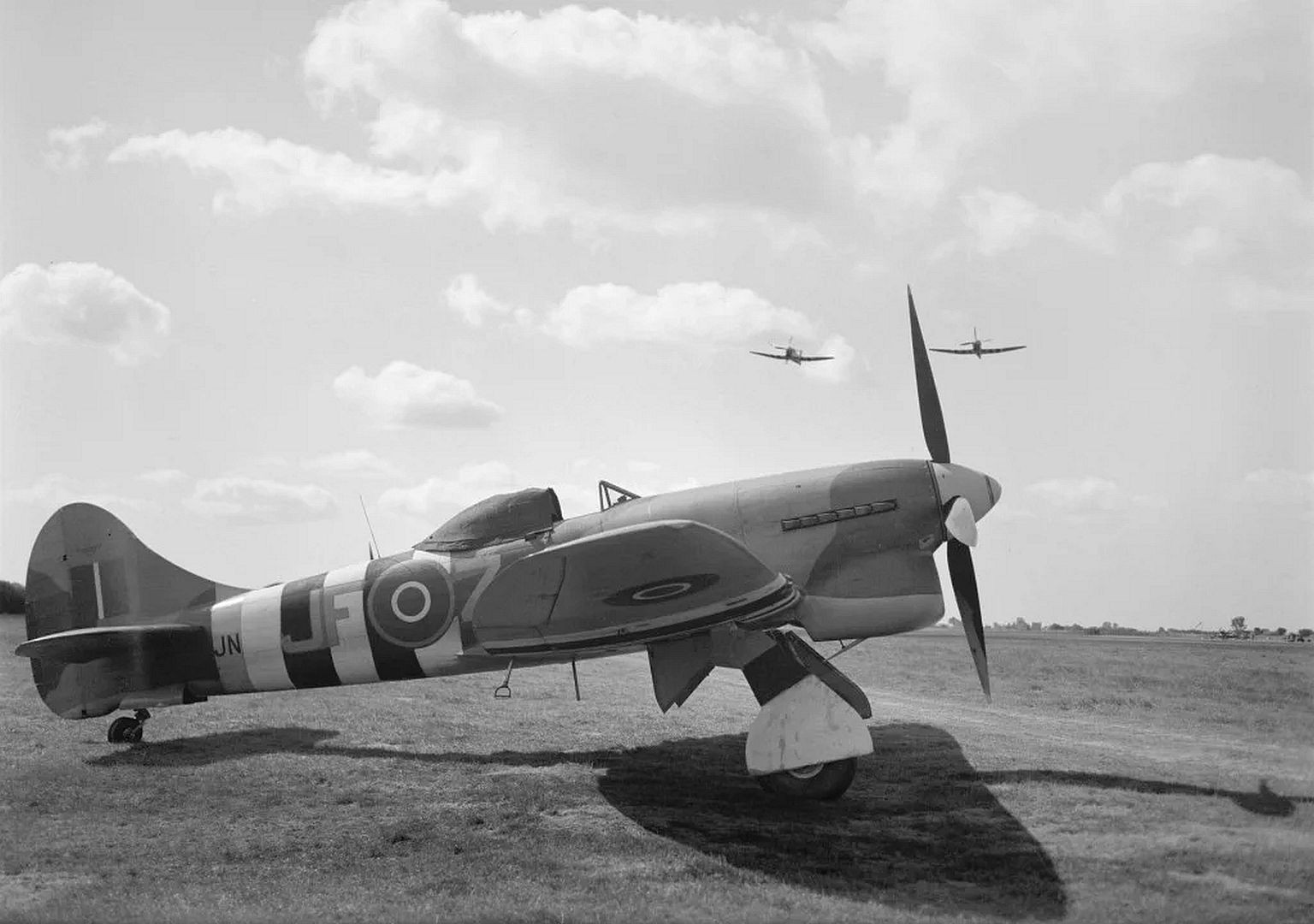
-
 Main Admin
Main Admin -
 Main AdminOne of Rickenbacker's most famous near-death experiences occurred in October 1942.Stimson sent him on a tour of air bases in the Pacific Theater of Operations to review both living conditions and operations, but also to deliver personally a secret message of rebuke to General Douglas MacArthur from the President for negative public comments MacArthur had made about the administration and disparaging cables sent to Marshall. After visiting several air and sea bases in Hawaii, Rickenbacker was provided an older B-17D Flying Fortress (AAF Ser. No. 40-3089) as transportation to the South Pacific. The bomber, (with a crew of eight) strayed hundreds of miles off course while on its way to a refueling stop on Canton Island and was forced to ditch in a remote and little-traveled part of the Central Pacific Ocean.
Main AdminOne of Rickenbacker's most famous near-death experiences occurred in October 1942.Stimson sent him on a tour of air bases in the Pacific Theater of Operations to review both living conditions and operations, but also to deliver personally a secret message of rebuke to General Douglas MacArthur from the President for negative public comments MacArthur had made about the administration and disparaging cables sent to Marshall. After visiting several air and sea bases in Hawaii, Rickenbacker was provided an older B-17D Flying Fortress (AAF Ser. No. 40-3089) as transportation to the South Pacific. The bomber, (with a crew of eight) strayed hundreds of miles off course while on its way to a refueling stop on Canton Island and was forced to ditch in a remote and little-traveled part of the Central Pacific Ocean.
The failure in navigation has been ascribed to an out-of-adjustment celestial navigation instrument, a bubble octant, that gave a systematic bias to all of its readings. That octant reportedly had suffered a severe shock in a pre-takeoff mishap. The pre-takeoff mishap occurred during the first attempt to take off in a different bomber, but the landing gear's brakes seized mid-takeoff. They kept the same damaged bubble octant on a different plane, which caused the navigational failure. This unnecessary ditching spurred on the development of improved navigational instruments and also better survival gear for the air crewmen. The B-17's aircraft commander, former American Airlines pilot Captain William T. Cherry, Jr., was forced to ditch close to Japanese-held islands but the Americans were never spotted by Japanese patrol planes, and were adrift on the ocean for thousands of miles.
For 24 days, Rickenbacker, Army Captain Hans C. Adamson, his friend and business partner, and the rest of the 8 crewmen drifted in life rafts at sea. Rickenbacker was still suffering somewhat from his earlier airplane crash, and Capt. Adamson sustained serious injuries during the ditching. The other crewmen who were in the B-17, named Bartek, Reynolds, Whittaker, Cherry, Kaczmarczyk, and De Angelis, were hurt to varying degrees. The crewmen's food supply ran out after three days. Then, on the eighth day, a seagull landed on Rickenbacker's head. He warily and cautiously captured it, and then the survivors meticulously divided it into equal parts and used part of it for fishing bait. They lived on sporadic rain water that fell and similar food "miracles", like fingerlings that they caught with their bare hands.
Rickenbacker assumed leadership, encouraging and browbeating the others to keep their spirits up. One crewman, Alexander Kaczmarczyk, was suffering from dehydration. He drank sea water, knowing it was a bad idea. He died and was buried at sea. The U.S. Army Air Forces and the U.S. Navy's patrol planes planned to abandon the search for the lost B-17 crewmen after just over two weeks, but Rickenbacker's wife persuaded them to extend it another week. The services agreed to do so. Once again, the newspapers and radio broadcasts reported that Rickenbacker was dead.
The seven split up. Cherry rowed off in the small raft and was rescued on day 23. Reynolds, De Angelis, and Whittwaker found a small island, close to another, inhabited one. The natives of the second one were hosting an allied radio station, so all was good for the men. Reynolds was extremely close to death. A U.S. Navy patrol OS2U-3 Kingfisher float-plane spotted and rescued the 3 survivors on November 13, off the coast of Nukufetau in Tuvalu. All were suffering from hyperthermia, sunburn, dehydration, and near-starvation. Rickenbacker completed his assignment and delivered his message, which has never been made public, to General MacArthur.
Rickenbacker had thought that he had been lost for 21 days and wrote a book about this experience titled Seven Came Through, published by Doubleday, Doran. It was not until later that he recalculated the number of days, and he corrected himself in his autobiography in 1967. The pilot of the plane that rescued the survivors, Lieutenant William F. Eadie, USN, was awarded the Navy's Air Medal for his actions during the rescue. The story was also recounted in Lt. James Whittaker's book We Thought We Heard the Angels Sing, published in 1943. The story of Rickenbacker's ordeal has been used as an example for Alcoholics Anonymous when the first of their Twelve Traditions was formulated: "Our common welfare should come first. Personal recovery depends upon AA unity."
Below, OS2U Kingfisher "The Bug" seaplane that rescued Captain Eddie Rickenbaker and others after their airplane crash in the Pacific. This aircraft also survived the attack on Pearl Harbor.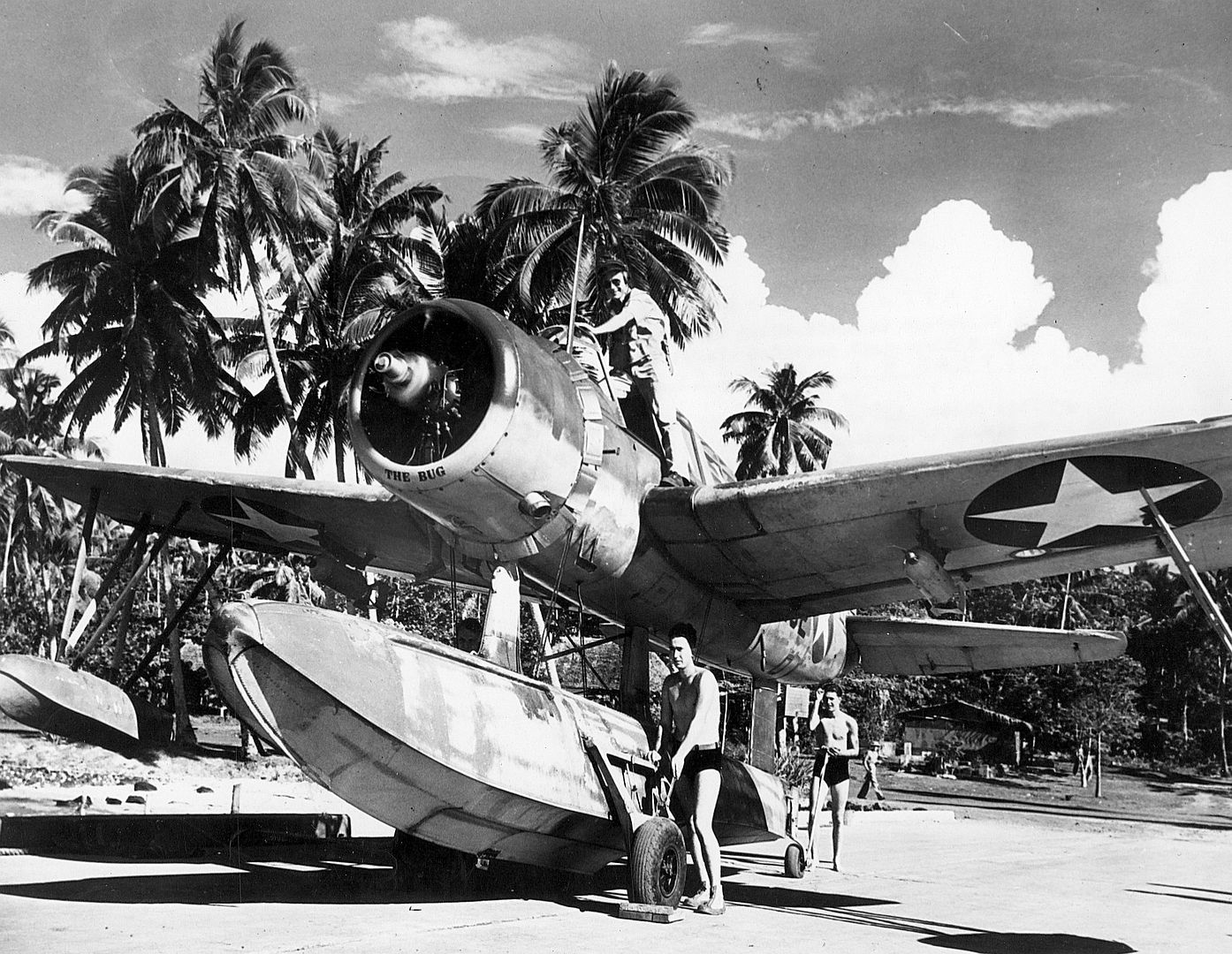
Post a reply
- Go to Next topic
- Go to Welcome
- Go to Introduce Yourself
- Go to General Discussion
- Go to Screenshots, Images and Videos
- Go to Off topic
- Go to Works in Progress
- Go to Skinning Tips / Tutorials
- Go to Skin Requests
- Go to IJAAF Library
- Go to Luftwaffe Library
- Go to RAF Library
- Go to USAAF / USN Library
- Go to Misc Library
- Go to The Ops Room
- Go to Made in Germany
- Go to Campaigns and Missions
- Go to Works in Progress
- Go to Juri's Air-Raid Shelter
- Go to Campaigns and Missions
- Go to Works in Progress
- Go to Skinpacks
- Go to External Projects Discussion
- Go to Books & Resources
